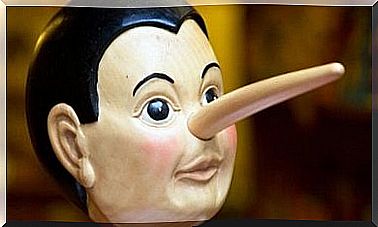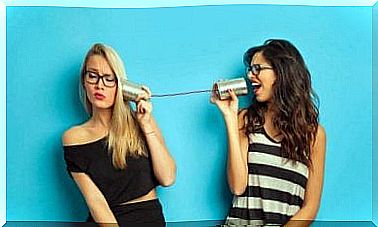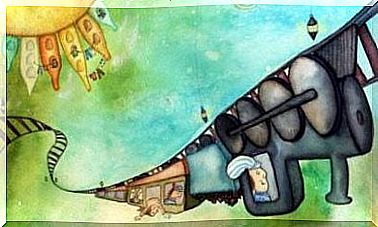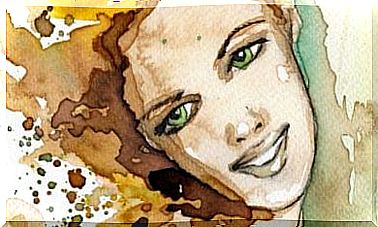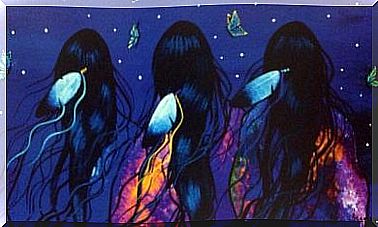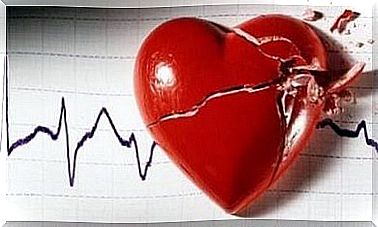What Our Brains Create When We Read

When we read, we imagine many things that we don’t read, which our fantasy creates. For example, what do you see when you read this: “In the middle of the river, your feet and legs are screaming in pain. The blood rises as fast as it can, to create as much distance between her and the river as the blood could.” (Tom Spanbauer – The Man Who Fell in Love with the Moon ).
To know what our minds imagine as we read, there is a wonderful book you should read: Peter Mendelsund – What We See When We Read . This is a picture book that helps us explore the reading process and the secrets of the pictures in our mind as we read. How we imagine places and characters, because we really only see it with our mind and not with our eyes.
Mendelsund is a philosopher and classical pianist, who is also the art director of a major publisher and has designed some of the most notable book covers of recent times. His book What We See When We Read is an illustrated essay that explores what happens when we read.
The Life and Views of Laurence Sterne ‘s Mr. Tristram Shandy describes the interesting way in which the collaboration between the writer and the reader in the process of imagining what we read takes shape:
Mendelsund elaborates on the idea that we sometimes think that the reading process is like watching a movie. We see the characters or places so clearly that we often feel disappointed in the movie made from one of our favorite books, if someone doesn’t look like what we imagined when we read the book, for example.
Creating the characters
Many writers describe some aspects of a character, but leave it to the reader to think of the rest. Thus begins the collaboration between the reader and the writer, to create people, environments and situations from words.

We all know the beginning of Moby Dick, with the enigmatic “Call me Ishmael”. It’s a narrator who hesitates because it seems like you don’t know his name or he doesn’t want to give it to you, and that’s why he gives you a different name. But the point Mendelsund makes is: how do we imagine Ishmael?
We imagine a face, a body, and a style when we read that opening sentence, but we adjust it as we read the text to fit all the details the writer gives us.
While we get a picture of the character at the beginning of the book, the picture also changes. When the author gives us more physical or mental details, there is an inner evolution that can make him friendly or unfriendly.
We read in or out
Mendelsund argues that when we read, we turn inward, but we turn outward toward the book we are reading. As we read, the world I live in and the world the book describes will overlap.

So, when we open the first page of a book, we’re on the doorstep, like in the beginning of Moby Dick with “Call me Ishmael”. It’s confusing because there are so many uncertainties that we seem to be in different places at once.
As Meldensund says, good books encourage us to fantasize in such a way that reading becomes an act of co-creation between the author and the reader. Therefore, reading is an act of imagination. A creation between the reader and the writer, which allows us to give life to characters and stories and to immerse ourselves completely in the world that the words suggest. We create images in our mind and that’s what he sees, while our eyes are just reading.
